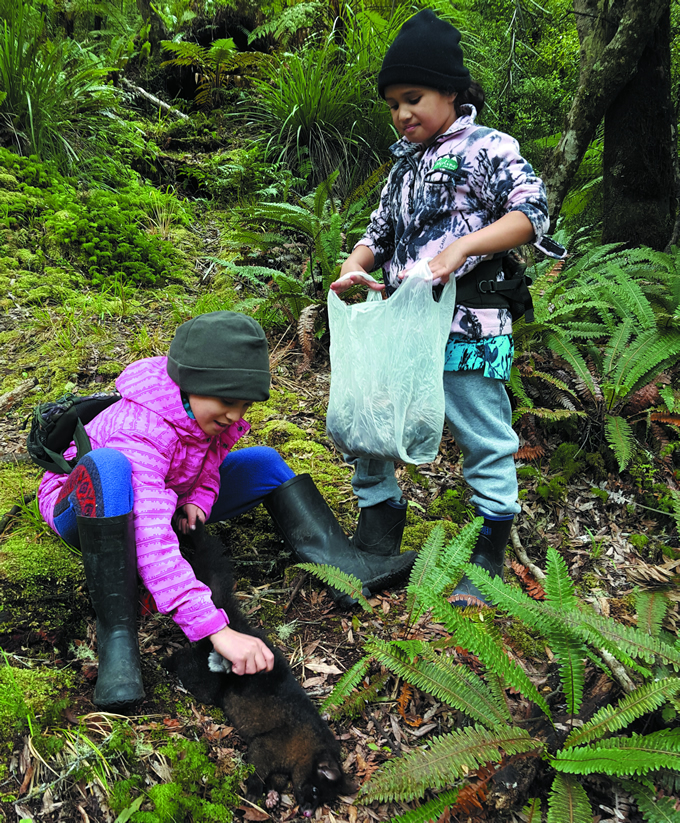Te weu o te kaitiaki (the roots of the guardian)
Manaaki Whenua has been working with the Tūhoe Tuawhenua Trust and the Ruatāhuna community to develop and test a complementary forest monitoring package that uses both mātauranga and scientific approaches in forests of importance to them.
Diverse cultural world views and ways of interacting with the environment can influence the way in which people relate to and measure the environment. Our goal was to represent a Tuawhenua world view that would reflect how people understand, relate to and interact with their forests, as well as developing a monitoring system that would measure changes in the forests that matter to the Tuawhenua people.
A cross-cultural monitoring system provides an understanding of forest state that both managers and communities can use for decision-making. It provides an opportunity for indigenous people and local communities to apply their traditional ways of knowing, and interprets and acts on information they understand as crucial components of cross-cultural environmental management regimes.
Historical baselines of forest state provide ecological targets for restoration initiatives, and also identify where on the restoration continuum current forest indicators lie. The future challenge for the Tuawhenua people, and for Māori, is to ensure their world views, values and methods of understanding the environment influence current conservation and environmental management systems.
Our study supports the application of te ao Māori world views that not only enrich conservation and biodiversity policy and practice, but also help maintain our cultural heritage and enhance cultural diversity and protect the well-being of Māori.

